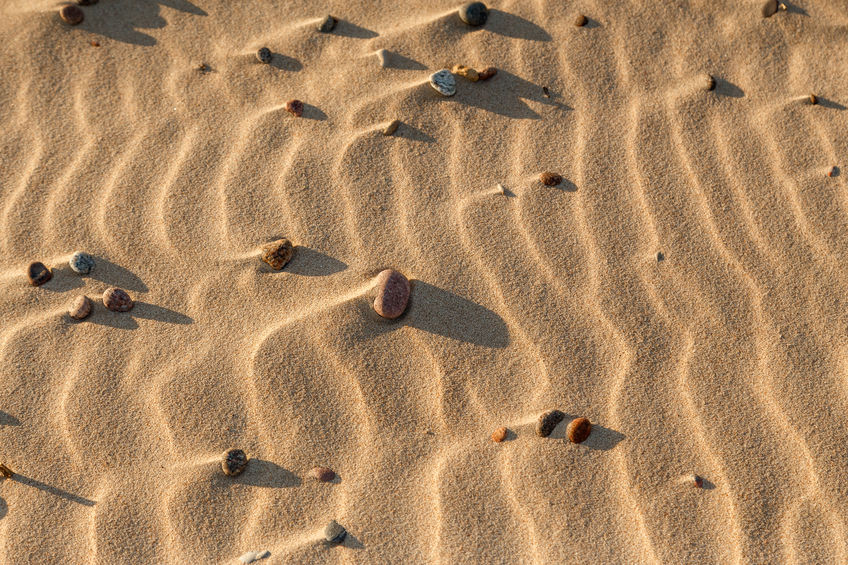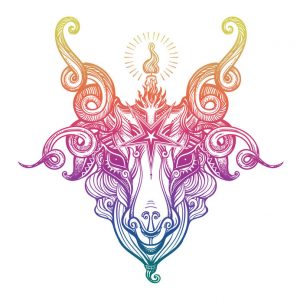What is Geomancy Divination?
Geomancy comes from a Greek word which literally means “Earth Divination”, “Geo” refers to sand, rock, and stone; the solid structures of Earth Geology. Geomancy is a type of Divination that decodes geological markings on rocks or the ground or can be patterns created by tossing sand, rocks or pebbles. The patterns were many times combined with astrological representations and used to predict future events.
The History of Geomancy
The divinatory practice of Geomancy was well known in ancient Rome and Greece, how the actually performed the method and read the sand and stones is still a mystery. The practice was recorded and passed along as we know it today from the Middle Ages from Europe, that was interpreted from Arabic texts in Spain during the mid-12th century.
In Africa, geomancy is widely practiced today from the teachings of the Arabs. In Madagascar, this divination method was the basis for a variation of the original geomancy form known as “Sikidy”.
Not unlike many forms of divination, geomancy in the Western world until the Renaissance Age and Inquisition of the Christian Church; went underground, then eventually faded out in popularity. Only recently has this ancient form of the divinatory arts make a comeback. However, everywhere else around the world it has been popular for millennia.
Although regarded by many as being unsophisticated, as some ancient divination forms were very complex, the answers it gives are deep and insightful. It has been combined with Astrology, as almost every other form of divination has, with each of its figures being represented by an Astrological sign or planet. A quick Side-Note: that in antiquity right up to the Renaissance, anything in the sky that was not a star was considered a planet to astrologers; including the sun and the moon. In this form of divination, the geomancy figures were cast onto an astrological chart and read in accordance with which house they landed in.
During the time of the Inquisitions, accepted Renaissance magic classified geomancy as one of the “seven forbidden arts” which included: pyromancy (reading fire), chiromancy (palm reading) aeromancy (reading the clouds and weather, wind currents and even comets), hydromancy (water divination), spatulamancy or scapulimancy (bone divination), and necromancy (communication with; summoning, or raising of the dead).
The Resurgence of Geomancy
In the late 18th and early 19th centuries, the studies of the occult became very popular. Since the Christian Church was now becoming a bit more tolerant, and less restrictive on belief systems that were not in their doctrine.
Several men were instrumental in their books and teachings about this newly rediscovered forbidden art of divination. In 1889, Franz Hartmann published the English translated version of his book, “The Principles of Astrological Geomancy”, at the same time, the works of Robert Thomas Cross and Edward Bulwer-Lytton were sparking the interest in the Western World. Geomancy was back to stay.
It was during this same period of time that the Hermetic Order of the Golden Dawn, which was founded in 1887, and Aleister Crowley collected, categorized and integrated all the ancient occult methods and published these findings along with the others. The Golden Dawn’s interest in this research, practice and reteaching of the ‘old ways soon dwindled. The results were a watered-down condensed version of the ancient art, which lost a lot of the true meanings, methods, and traditions that made it what it was in pre-Middle Ages times.





Very important historical events it help my nower